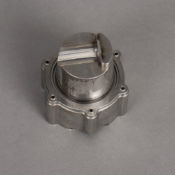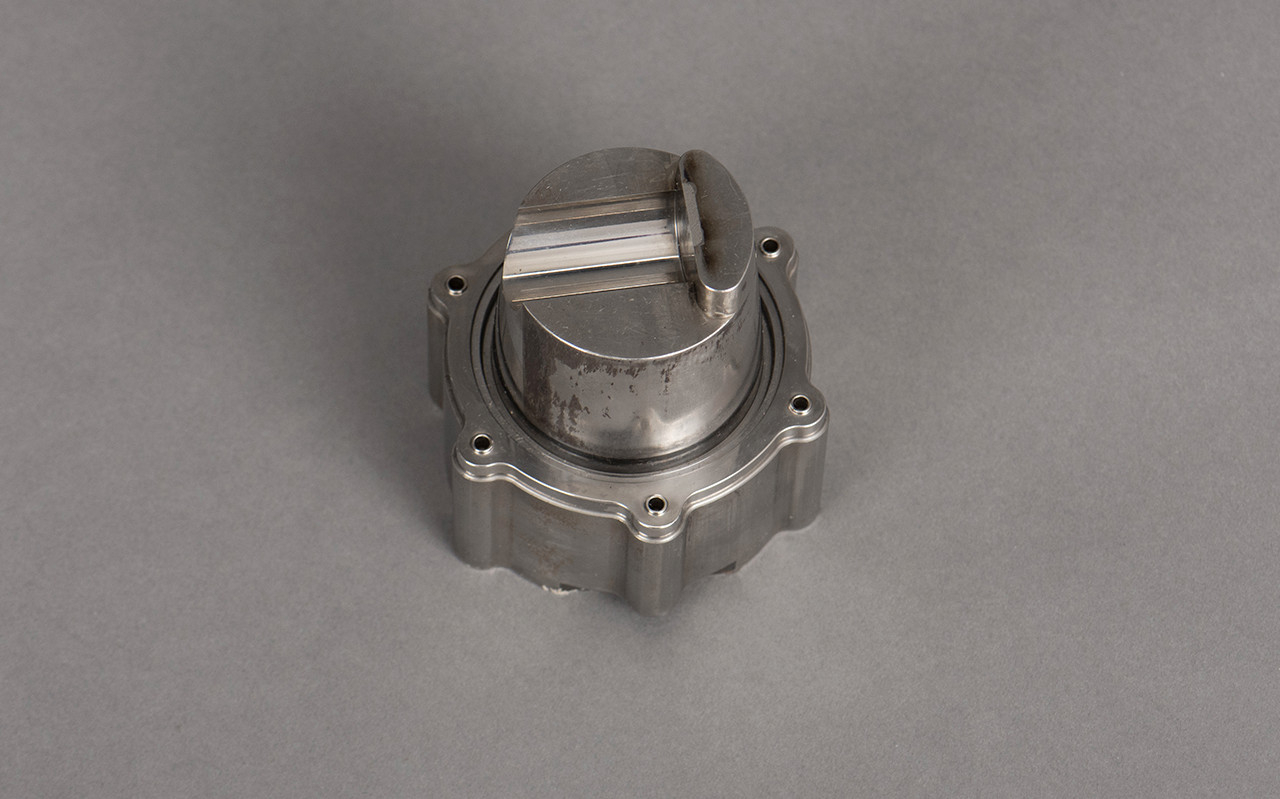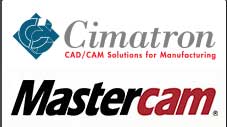 Metal injection molding, also known as MIM (metal injection molding), is a method that can transform huge metal sheets into smaller, more intricate metal pieces in vast quantities. Many diverse businesses employ metal injection molding, which shares some characteristics with plastic injection molding.
Metal injection molding, also known as MIM (metal injection molding), is a method that can transform huge metal sheets into smaller, more intricate metal pieces in vast quantities. Many diverse businesses employ metal injection molding, which shares some characteristics with plastic injection molding.
Anyone who has ever done plastic injection molding will be extremely familiar with the equipment used by MIM. To start, metal powders are combined with plastic binding materials. A “green part,” or one in which the metal and the plastic binders are still present, is created as the material is sent through the injection process. The plastic binders are then eliminated using a particular solvent that interacts with specific heat processes. The leftover metal material is then brought together using a lot of heat. The heat must be high enough to complete this step of the operation, but not so high that the metal melts. Typically, specific chemicals and polymer are mixed into the metal powder used in metal injection molding to speed up the process.
Green items are frequently produced on standard plastic injection molding equipment. By serving as a binding agent, the additional polymers are what actually enable the metal to go through the injection molding process. The green components of those binders are subsequently removed using a thermal profile that is extremely precise. The metal object then contracts to its final size and shape via a process known as sintering that uses high temperatures. Alloys and other materials can be employed in an infinite number of ways during this process
The fact that the parts produced by metal injection molding are frequently incredibly small and particularly complicated is part of the reason it is a popular method. Therefore, it may be prohibitively expensive to produce these metal pieces using other, more conventional production techniques. No matter how little or intricate they are, metal parts can be produced using metal injection molding. In ways that are unique to it, it scales and provides flexibility.
Plastic molding and powder metallurgy, two of the best processes for material formation, are combined in metal injection molding. The finished product is metal in the shapes you need, with strength equal to or greater than wrought steel.
Consider Metal Injection Molding for These 8 Reasons
- Having the ability to work with a wide variety of materials, including numerous materials together
- Capable of shaping metal into incredibly intricate forms
- Able to regulate the end product’s porosity and provide for necessary lubrication and filtering
- Can produce numerous smaller components that combine to form a single, larger, and even more complicated component.
- Capable of eliminating extra steps required for other methods of metal shaping, such as machining the metal into the desired forms.
- May incorporate highly effective surface finishing
- Possibility of using practically all of the input material, with waste levels as low as two to five percent
- Extremely affordable in comparison to other methods of mass production
Metal injection molding is unquestionably a fantastic option in many cases, but it won’t always perform as well. MIM might not be essential if the components being manufactured are straightforward or if only a few units are required. Similarly, depending on the state of your company and its requirements, purchasing the equipment or molds necessary for metal injection molding may not be financially feasible.
But for many small, intricate items, metal injection molding has taken over as the method of choice. From cell phones to automobiles, MIM is employed in the manufacture of numerous products that play a significant role in modern life.
Consider the numerous products in your home that include metal components. From the largest to the smallest, think about how each component of those objects was created. Most likely, a significant portion of bringing these goods into your life involved metal injection molding.


